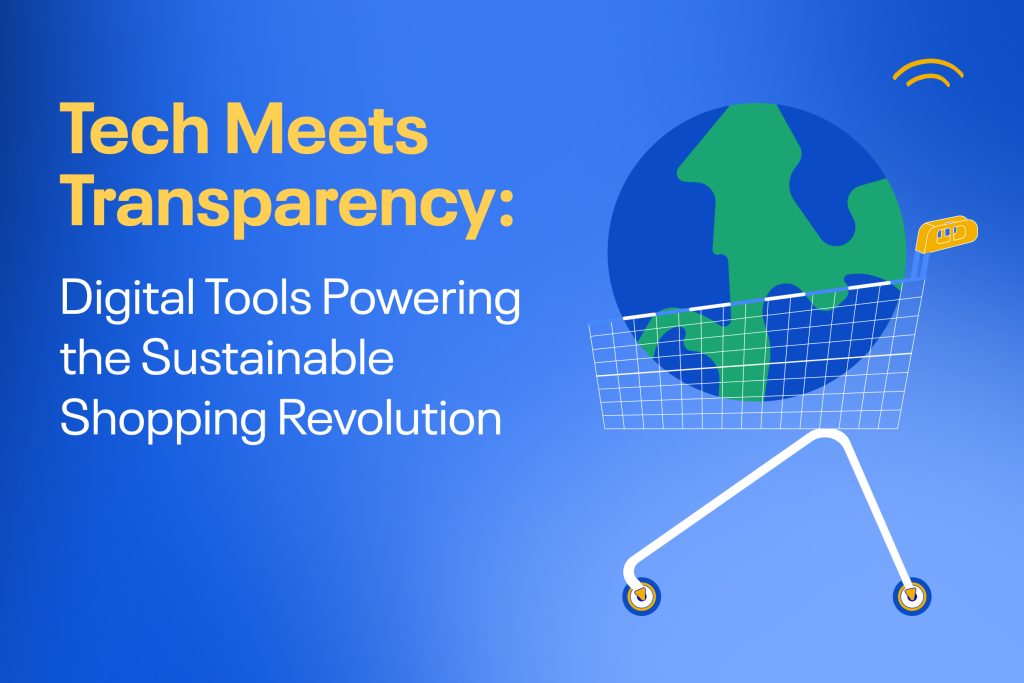
In the race toward net-zero declarations, Scope 3 emissions, those indirect impacts from a company’s supply chain and product lifecycle, represent both the most significant challenge and the highest risk of credibility loss. Comprising upstream and downstream activities, these emissions often make up 90% or more of a company’s total footprint. Yet they remain the least understood, measured, and verified segment of carbon accounting.
In this week’s insight, we explore how businesses can avoid the pitfalls of greenwashing by strengthening the integrity of their Scope 3 claims through verifiable data, supplier collaboration, and emerging regulatory frameworks.
The Elusiveness of Accurate Scope 3 Measurement
Despite advances in Scope 1 and 2 reporting, Scope 3 often lags far behind in accuracy and transparency. Data limitations, fragmented supplier information, and heavy reliance on industry averages undermine confidence in these figures. The result? A fertile ground for what some scholars call the “aesthetic of transparency”,where disclosures appear robust but lack substantive verification.
This challenge is compounded by inconsistent methodologies and a lack of audit standards. As the Corporate Sustainability Reporting Directive (CSRD) and the Corporate Sustainability Due Diligence Directive (CSDDD) come into force, companies will be expected to produce robust, standardised reports encompassing full value-chain impacts.
Why Scope 3 is a Greenwashing Flashpoint
In a 2024 analysis of sustainability communication practices, researchers found that vague or unverifiable claims about carbon neutrality or supply chain decarbonization often stemmed from flawed Scope 3 reporting. These claims typically rely on assumptions or third-party databases lacking specificity, opening companies to accusations of greenwashing.
Moreover, Scope 3 is often manipulated due to distorted incentives. When ESG ratings or market access hinge on perceived sustainability performance, companies may be tempted to overstate reductions or selectively report favourable metrics. Without rigorous auditing mechanisms, these practices remain unchecked.
Supplier Collaboration: The Key to Integrity
One path to more credible Scope 3 disclosures lies in transparent, collaborative engagement with suppliers. Leading firms are adopting digital tools to automate data collection and enable shared sustainability targets across their value chains.
Platforms that standardise data formats, integrate real-time updates, and identify emission hotspots empower companies and their suppliers to make informed, joint decisions. This is particularly crucial for identifying material inputs and transportation methods with outsized carbon impacts, which are often obscured in traditional reporting.
From Risk to Resilience: The Strategic Value of Transparency
Building verifiable Scope 3 disclosures is not just about avoiding regulatory penalties—it’s a strategic move toward long-term business resilience. As regulatory and investor pressure mounts, companies that embrace full lifecycle transparency gain a competitive edge. They are better positioned to:
- Mitigate reputational and financial risks;
- Respond proactively to regulatory changes such as CSRD, CSDDD, and the EU Deforestation Regulation (EUDR);
- Demonstrate authenticity in sustainability claims and marketing;
- Foster consumer trust through verifiable product-level insights.
The reality is clear: Scope 3 emissions are both a business liability and a test of integrity. Inaccurate or unverifiable claims invite scrutiny from regulators, investors, and consumers alike. But with robust data infrastructure, supplier alignment, and transparent reporting frameworks, companies can transform Scope 3 from a compliance headache into a lever for genuine impact.
For professionals navigating this space, the path forward is defined not by how much you claim, but how well you prove it.
Want to explore how digital infrastructure, supplier engagement, and verified data are reshaping ESG strategies? Follow us on LinkedIn or subscribe to our newsletter.

